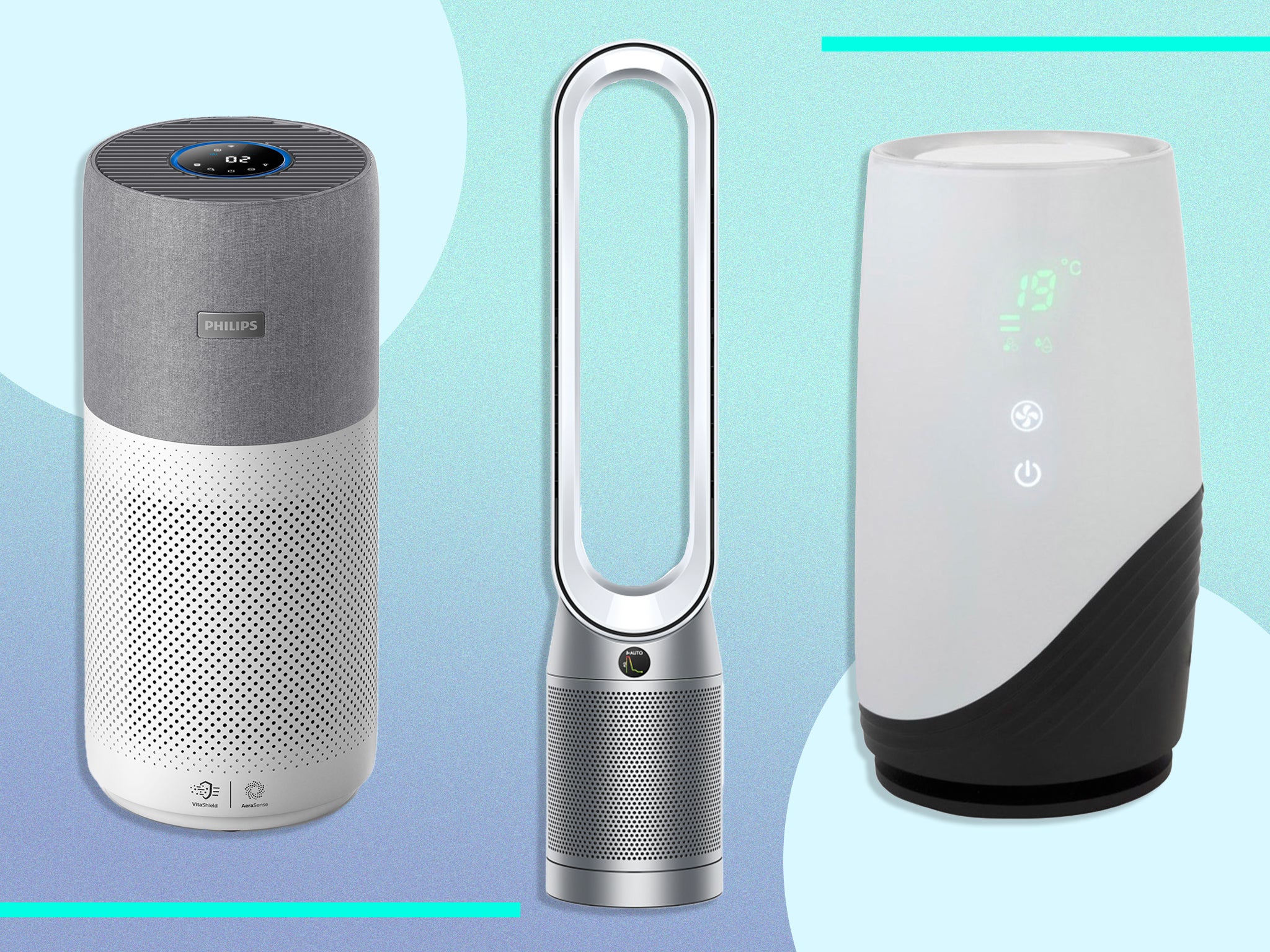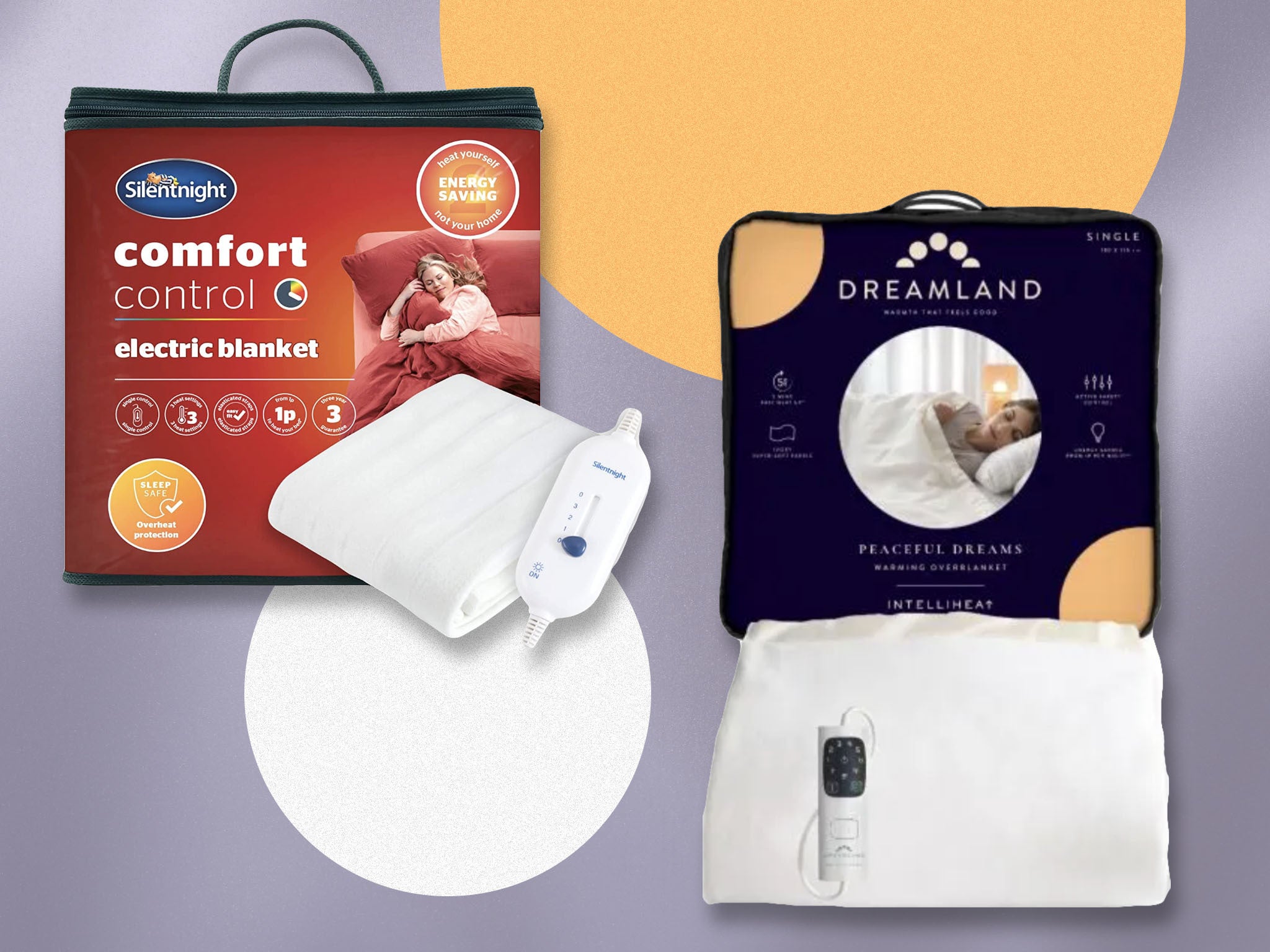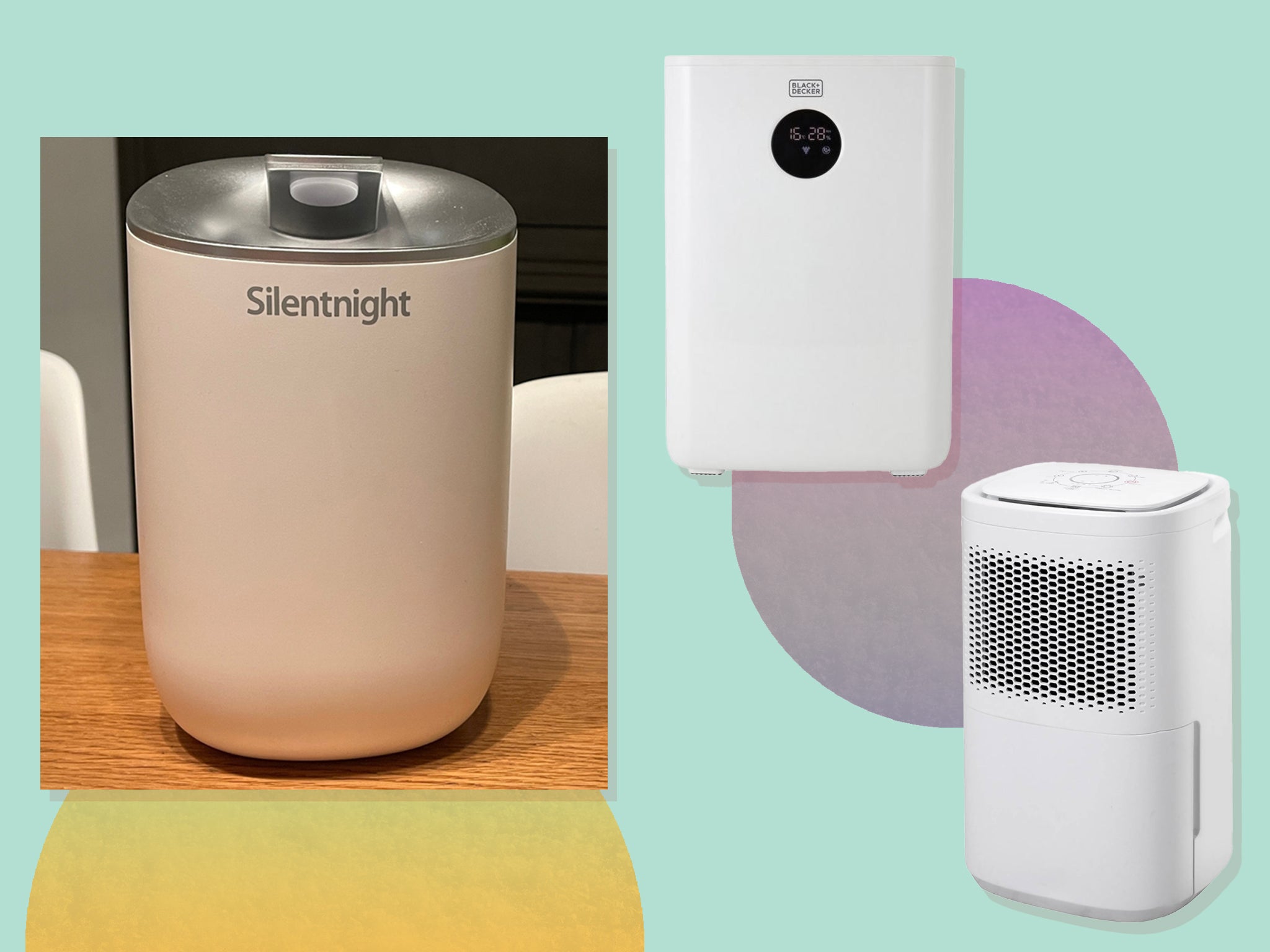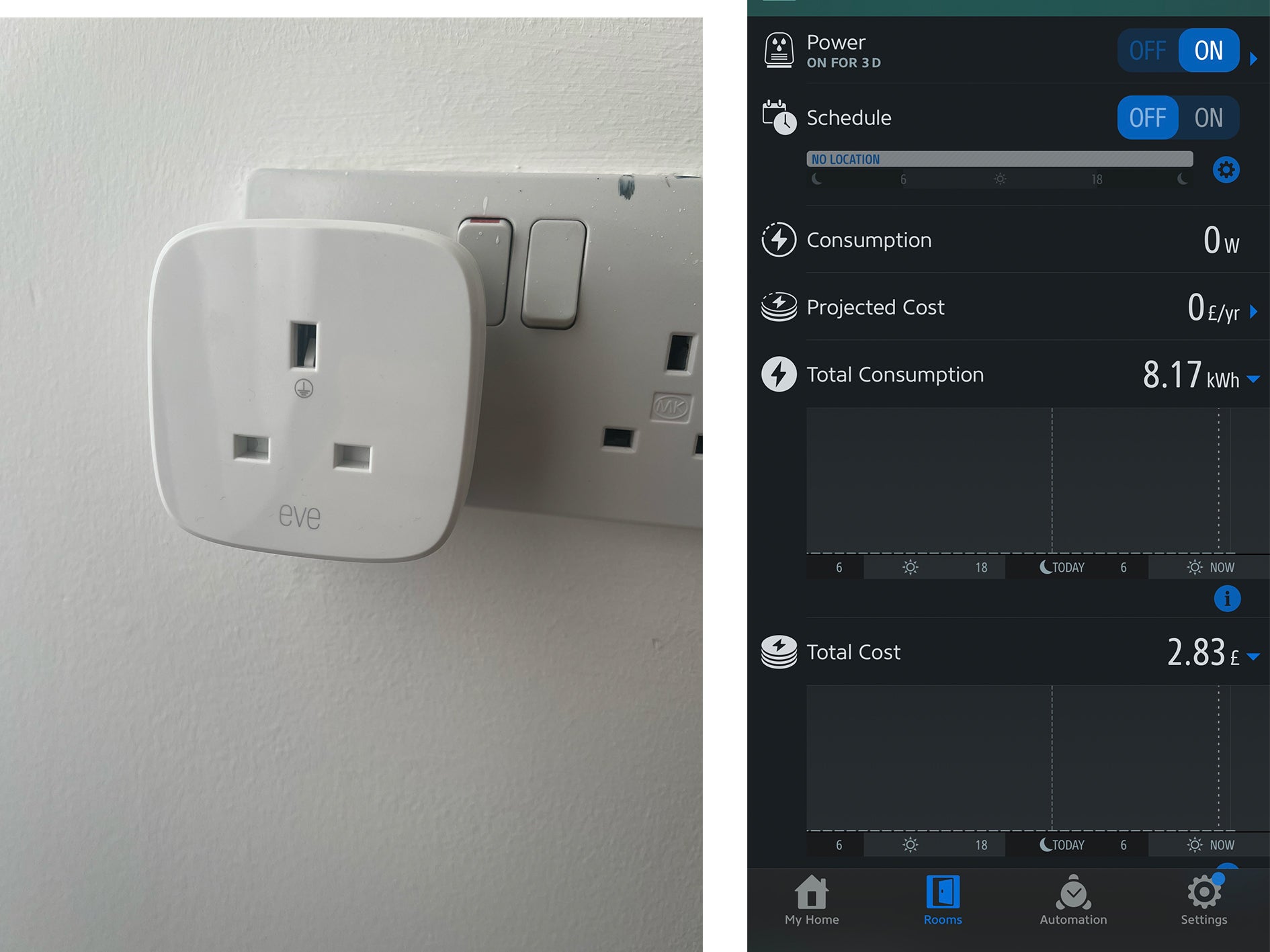
The Independent's journalism is supported by our readers. When you purchase through links on our site, we may earn commission. Why trust us?
The 4 best energy-monitoring smart plugs to help lower your bills
These gadgets will help you keep tabs on your energy usage during the cost-of-living crisis and beyond
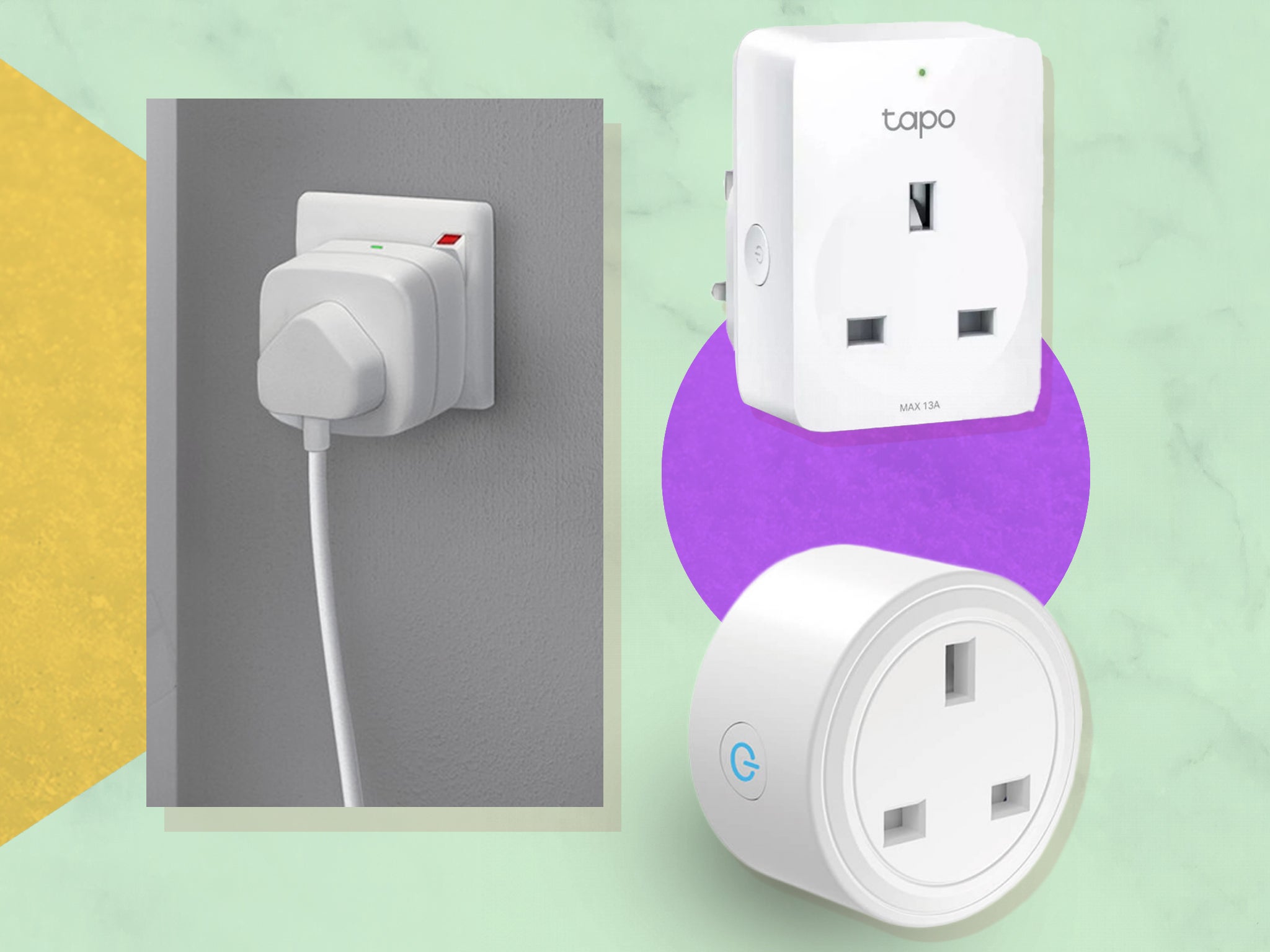
 Best overall energy-monitoring smart plugEve Energy smart plug with energy monitoringRead review£39
Best overall energy-monitoring smart plugEve Energy smart plug with energy monitoringRead review£39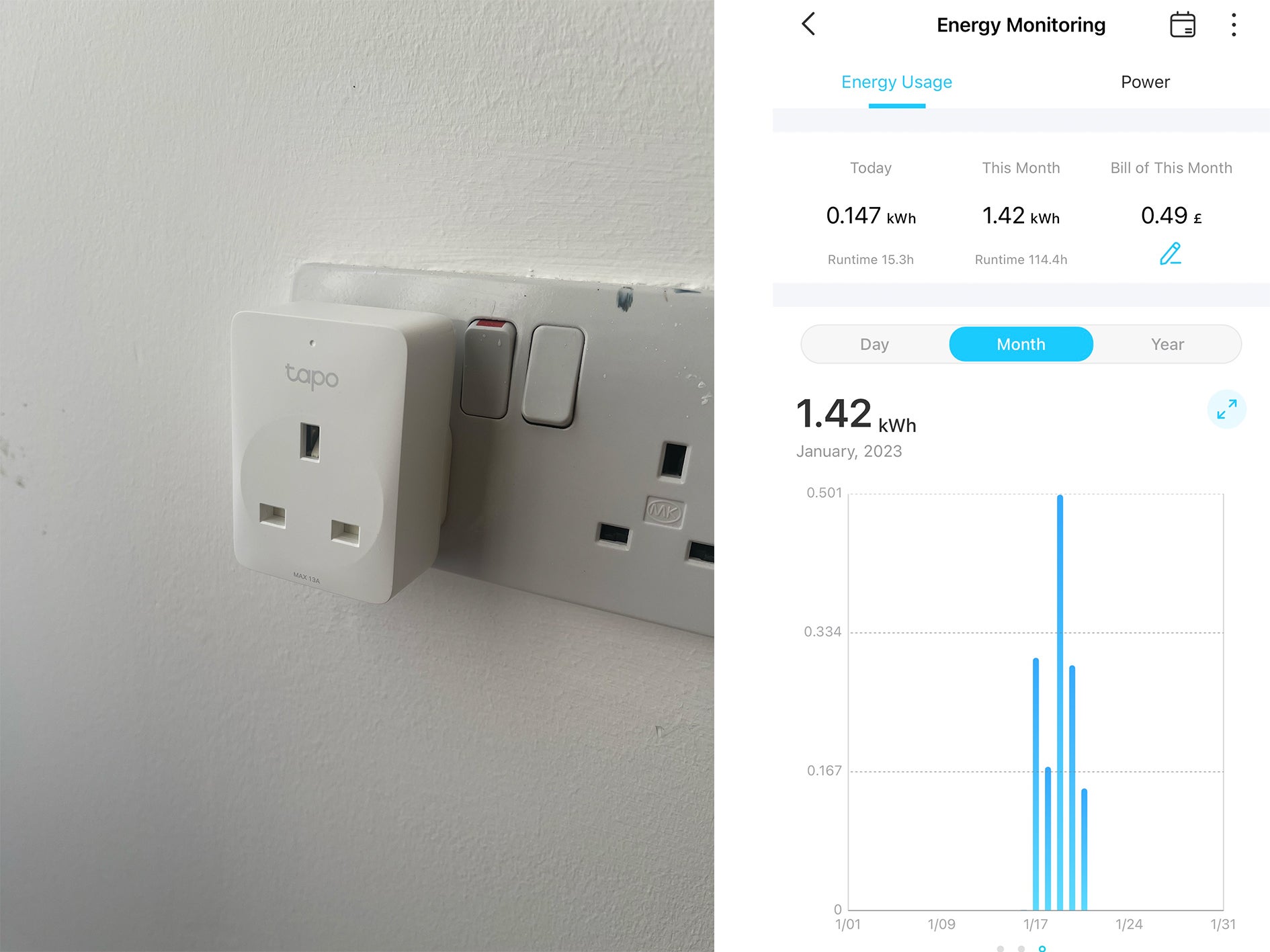 Best cheap energy-monitoring smart plug TP-Link Tapo P110 energy monitoring smart plug Read review£9
Best cheap energy-monitoring smart plug TP-Link Tapo P110 energy monitoring smart plug Read review£9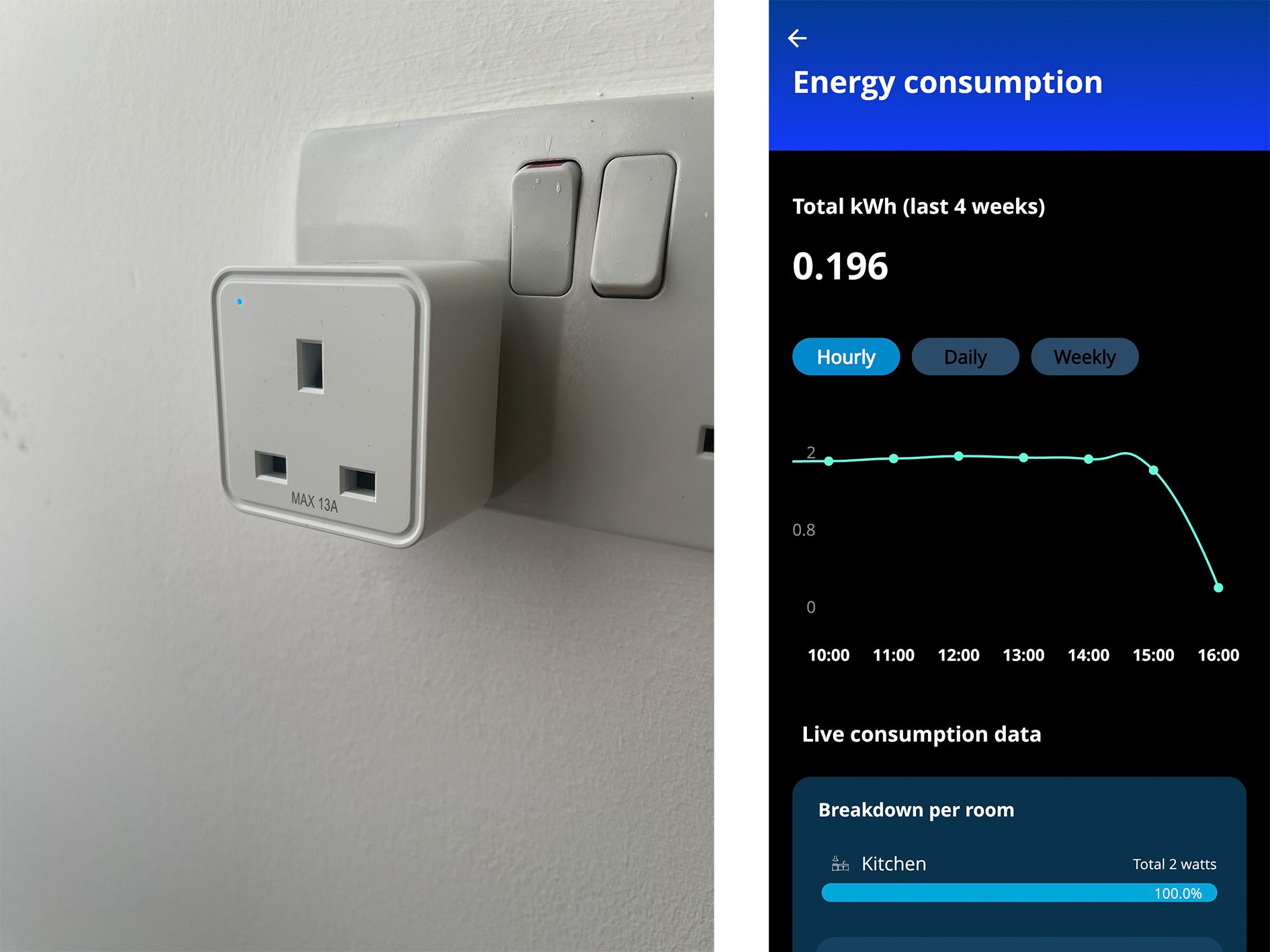 Best energy-monitoring smart plug for platform compatibilityWiz Connected smart plug with energy monitoring Read review£14
Best energy-monitoring smart plug for platform compatibilityWiz Connected smart plug with energy monitoring Read review£14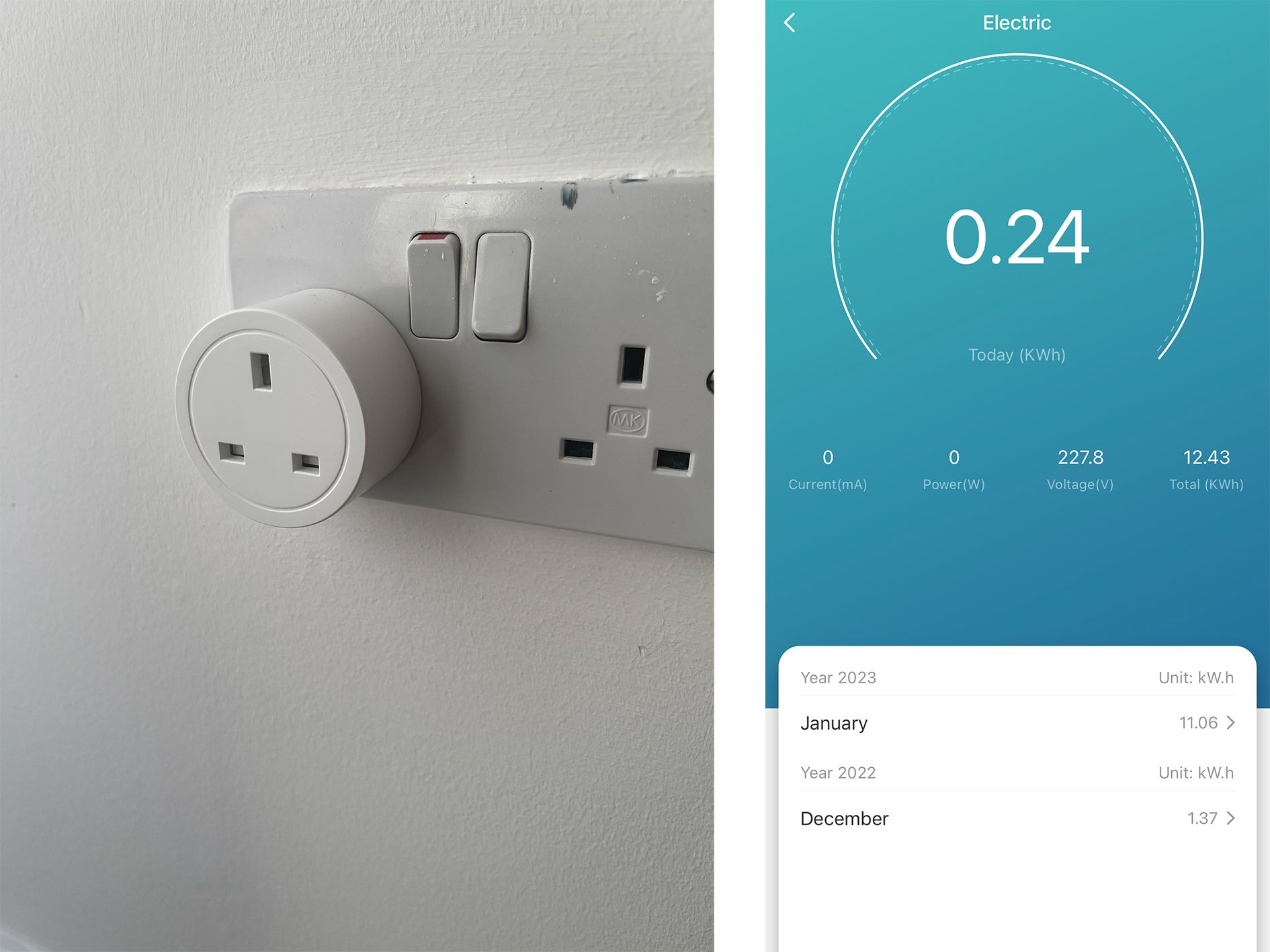 Best designed energy-monitoring smart plugHumax wifi smart plug with energy monitoringRead review£14
Best designed energy-monitoring smart plugHumax wifi smart plug with energy monitoringRead review£14
The cost of energy has shot up, and we’re all seeing our bills spiral upwards. In an attempt to help reduce our electricity usage, we’ve turned to energy-monitoring devices to help identify which appliances are guzzling the most electricity and pinching pounds.
While whole-home systems such as the Emporia Vue and the Owl energy monitor give you detailed information about your entire electricity usage, as they connect directly to your electricity meter, your home still needs to be relatively close to the transmitter to work, and the installation does take time.
Meanwhile, using energy-monitoring smart plugs is an affordable, accessible and hassle-free way to monitor your home’s electricity usage, and it doesn’t depend on being situated close to electricity meters, so those in flats without smart meters can take advantage of them.
The biggest drawback of energy-monitoring plugs is that they are only able to monitor one appliance at a time, rather than the energy used across your entire home, but they do work with power strips, so you can monitor multiple devices at once.
Plus, all the best energy-monitoring plugs are, of course, smart, so you’ll be able to set timers, schedules and control your appliances while away from the home. Below, we’ve reviewed some of the best energy-monitoring smart plugs to help you track your electricity usage, and they all cost less than £40, with our favourite cheap energy monitor costing less than a tenner.
How we tested
We’ve been plugging a whole host of devices into these energy-monitoring smart plugs to help track appliances’ electricity usage. From chargers, computer monitors and a microwave to a kettle, our router, TV and a dehumidifier. You name it, an energy-monitoring plug has been monitoring it. We wanted to see how much detailed information the plugs gave on each appliance and how easy it was to understand.
But these aren’t just energy monitors, they’re also smart plugs in their own right, so we also tested them to see how easy it was to make schedules, set timers, control them with Alexa and monitor usage when away from home. These are the best energy-monitoring smart plugs to help you through the cost-of-living crisis.
The best energy-monitoring smart plugs for 2023 are:
- Best overall energy-monitoring smart plug – Eve Energy smart plug with energy monitoring: £39.95, Amazon.co.uk
- Best cheap energy-monitoring smart plug – TP-Link Tapo P110 energy-monitoring smart plug: £9.99, Argos.co.uk
- Best energy-monitoring smart plug for platform compatibility – Wiz Connected smart plug with energy monitoring: £14.99, Currys.co.uk
- Best designed energy-monitoring smart plug – Humax wifi smart plug with energy monitoring: £14.95, Humaxdirect.co.uk
Eve Energy smart plug with energy monitoring

- Best: Overall energy-monitoring smart plug
- Smart home compatibility: Matter
- Size : 72mm x 72mm x 71mm
- Why we love it
- Accurate, detailed energy consumption readings
- Price projections
- Thread, Matter and Bluetooth compatible
- Take note
- Quite a bulky smart plug
- You need Apple products to get the most out of it
Eve’s energy-monitoring smart plug is one of the most feature-rich plugs we’ve tested. Not only is it wonderfully simple to set up, because it uses Bluetooth and Thread to connect to your home network, the energy monitoring insights you get from the plug are incredibly detailed – the most detailed out of the energy-monitoring plugs we’ve tested.
We were able to monitor the power usage of our appliances by day, week and month. The app even let us set our electricity cost in kWh and view our projected cost. Eve Energy says the reliability and accuracy of the energy-monitoring feature was approved by the German consumer watchdog Stiftung Warentest with a “good” rating, so we know we’re getting accurate energy consumption figures.
Setting schedules and timers was a doddle in the Eve Energy app, and it connected seamlessly with the Apple HomeKit app, making automations quick to configure. The biggest downside is that it’s a fairly bulky smart plug – the biggest on the list – and sometimes blocks neighbouring plug sockets, if they’re too close together.
Until December 2022, Eve Energy’s smart home tech ran exclusively on Apple’s HomeKit standard, but the company became one of the first to move over to Matter, meaning it’ll become easier to connect to other Matter-compatible platforms, including Google Home and Amazon Alexa.
That said, for now, it’s still easier to set up the Eve Energy smart plug with an iPhone and HomeKit just by scanning the code on the box, rather than entering in a wifi password. You do a need a HomePod or an Apple TV if you want to control the plug from outside your home, however.
TP-Link Tapo P110 energy monitoring smart plug

- Best: Cheap energy-monitoring smart plug
- Smart home compatibility: Amazon Alexa, Google Home
- Size: 72.5mm, 51.5mm, 37.4mm
- Why we love it
- Great value for money
- Compact design
- Energy-cost projection
- Take note
- Can only create automations in the Tapo app
- The app is a little clunky
For less than £10, TP-Link’s Tapo P110 energy-monitoring smart plug is one of the best little gadgets you can buy. It’s a nice compact plug that doesn’t get in the way of other devices, and, thanks to a recent update, the insights you get about your energy consumption are even richer than before.
The new update brought projected costs to the app, enabling us to enter in the cost of electricity per kWh and see trends based in real-time and by day, month and year, helping us understand our phantom appliances. The app isn’t the best-looking thing in the world and feels a little outdated, but it does the job. We’re able to set up schedules, timers and put it into “away mode” when we leave the house or go on holiday.
The improved energy-consumption monitoring really does elevate the smart plug a notch above some of its competitors, and it’s a steal for just under £10. It also works with Google Assistant and Amazon Alexa, so you can use your smart speaker to turn on the plug (or lights, if the plug is connected to a lamp). The only issue is it isn’t Matter, Thread or IFTTT compatible, so we could only set up automations through the Tapo app.
Wiz Connected smart plug with energy monitoring

- Best: Energy-monitoring smart plug for platform compatibility
- Smart home compatibility : Google Home, Amazon Alexa, Siri, IFTTT, SmartThings
- Size: 72.5mm x 51.5mm x 30.6mm
- Why we love it
- Works well with other Wiz devices
- Compatible with a host of smart-home systems
- Enables you to see consumption by room
- Take note
- Clunky app implementation
- No cost-projection feature
Wiz is best known for creating smart lights, but the company also sells a smart plug with an energy-monitoring feature. While it’s nice that Wiz has an energy-monitoring smart plug, it’s a little clunky to use in the Wiz app.
That’s because of Wiz’s roots. The Wiz app is clearly aimed at smart-light users, rather than smart-plug users. As soon as you set up the plug inside the app, it prompts you to “add an icon for your light”, “give your light a name” and control the plug as if it were a light – with options for warm light or daylight, for instance. The app doesn’t recognise you’re setting up a smart plug, and just assumes it’s a smart light.
The energy-consumption feature is also tucked away in the settings tab, and we couldn’t quite figure out where to find it without a bit of digging around. While it doesn’t have a cost-projection feature like Eve or Tapo, it does provide you with your live energy consumption in kWh, as well as historical trends by hour, day and week.
One neat feature we did like was that it shows you a breakdown by room, so if you have an appliance plugged into multiple Wiz smart plugs, you’ll be able to see how much each room is using, rather than just each appliance. If you do own Wiz smart lights, you can also set up automations inside the app, plus you’ve got a schedule feature too.
It is slightly more expensive than the Tapo P110, but it works with a host of integrations, including Siri, Google Home, Amazon Alexa, IFTTT and SmartThings.
Humax wifi smart plug with energy monitoring

- Best: Designed energy-monitoring smart plug
- Smart-home compatibility: Amazon Alexa, Google Assistant
- Size: 58mm x 55mm x 55mm
- Why we love it
- Compact, round design
- Works with Smart Life
- Take note
- Fairly basic energy monitoring
Humax isn’t a brand you usually associate with smart plugs, but the set-top box manufacturer is one of the few companies that actually makes one with built-in energy monitoring, surprisingly enough, and it’s the best one in terms of design.
That’s because Humax’s wifi smart plug is round instead of square – a revelation – meaning you can actually plug other devices adjacent to the smart plug, without it getting in the way.
It works with Amazon Alexa and Google Assistant but, more importantly, it also works with the Smart Life platform – which is basically the precursor to Matter, enabling you to connect your smart-home products on one platform, without having to hop over to other apps. Energy monitoring will have to be done inside the Humax app, however.
The energy monitoring is fairly basic, breaking down energy consumption by day and month, but you can’t add your supplier’s energy costs into the app for more detailed data. Still, it does the job for monitoring general energy usage and trends. You can set basic schedules and automations within the app, as well as through the Smart Life platform. Plus, it’s relatively inexpensive.
The verdict: Best energy-monitoring smart plugs
As far as we’re concerned, the best energy-monitoring smart plug is the Eve Energy smart plug. It’s one of the first Matter-compatible devices, it offers up incredibly detailed energy-consumption data and cost projections, and connects easily to Apple HomeKit. The only downside is that it’s a fairly bulky piece of kit and is pricier than the other smart plugs in our list.
If you want something a little more budget friendly, we’d say the next best energy monitoring smart plug is the TP-Link Tapo P110, which costs less than £10 and has recently been updated with a cost-projection feature, helping you monitor your energy usage with more precision. It’s amazing that, as the cheapest energy monitor in this list, it still offers up a feature that a smart plug twice the price delivers.
Introduce more savvy tech into your home with the best smart speakers
Voucher Codes








